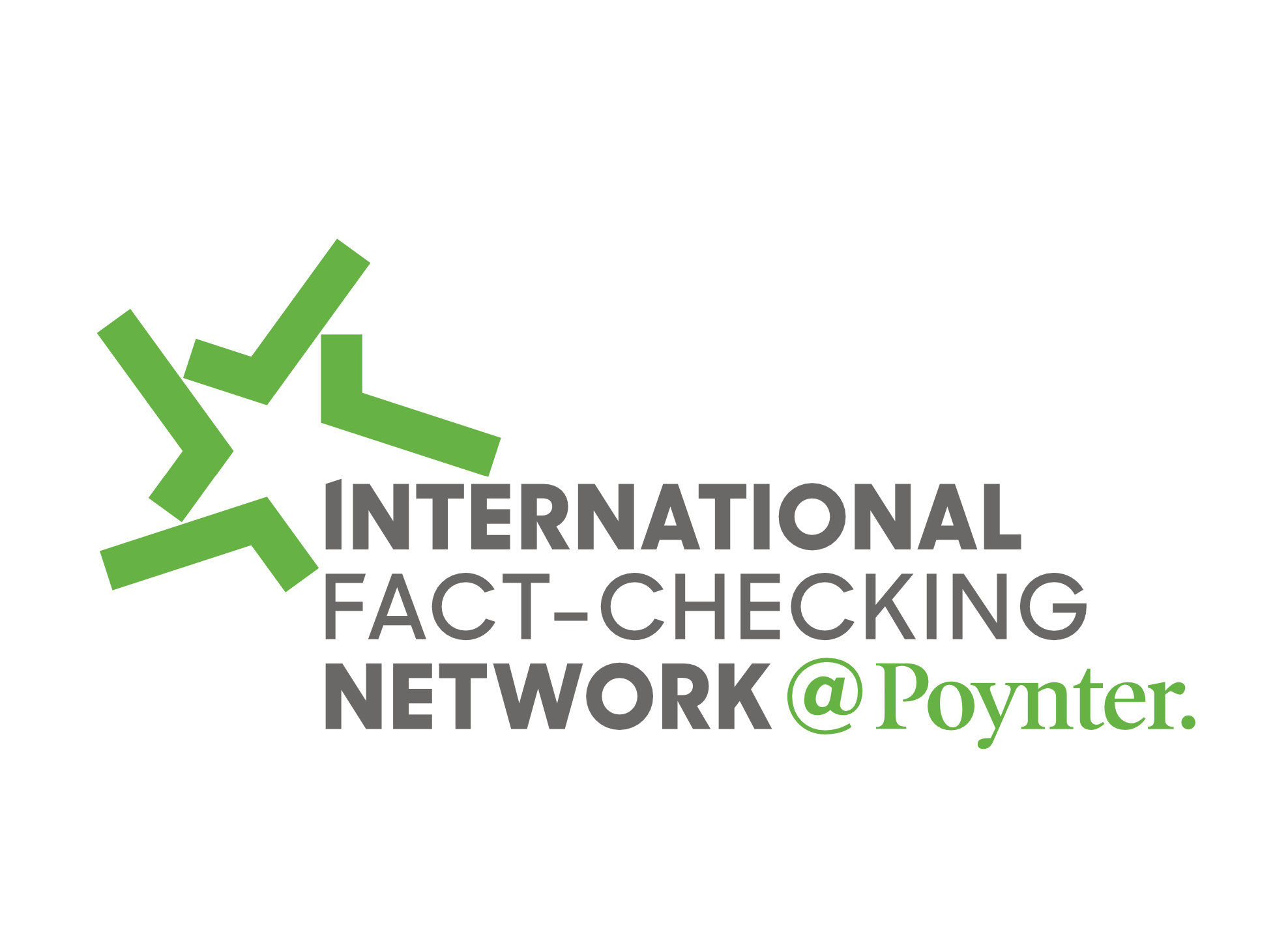
The New Yorker’s mascot, Eustace Tilley, rendered in emoji by Fred Benenson. (via Flickr)
It has been more than a year since The New Yorker took down its paywall and triggered a frenzied run on its archives. Slate and others compiled lists of The New Yorker’s greatest hits, encouraging readers to take in the magazine’s ruminative nonfiction before the paywall came back up. The whole enterprise savored of an everything-must-go fire sale and less like a bid to build a broad subscriber base.
But when the paywall came up five months later, something strange happened. The New Yorker saw its traffic rise abruptly, with readers flocking to the site and subscribing at a fevered pace. Looking back on the readership spike in March, NewYorker.com editor Nicholas Thompson told Nieman Lab the aftershocks of the so-called “Summer of Free” were unexpected.
“It wasn’t a massive increase in readers between July and November. There was an increase, but there wasn’t a massive increase,” Thompson told Nieman Lab. “What’s weird is we launched the paywall, and then there was a massive increase.”
The magazine’s latest numbers indicate that the sudden glut of pageviews wasn’t a fluke. On Monday, The New Yorker announced its Web traffic is up 25 percent compared to the previous year. Readers are shelling out $12 for a 12-week online subscription, too. Subscriptions to NewYorker.com are up 61 percent compared to 2014, an indicator that the magazine’s year-old metered paywall has proved effective.
No single factor accounts for The New Yorker’s online readership boost, Thompson told Poynter. In recent months, The New Yorker has tried several different approaches to lure a wider audience to its website without resorting to tactics that might dilute the quality of its content: growing its copy desk to speed up the Web publishing process, adjusting its social media strategy and optimizing its stories for discovery by search engines like Google.
“The main strategy for growing audience is to publish more, better stories,” Thompson said. “The most encouraging thing we found is that the stories we’re prouder of, the stories we put more effort into, attract more readers.”
A centerpiece of this strategy is to hold down the number of items the magazine publishes online daily in order to ensure that the items that do go up meet the magazine’s standards, Thompson said. By emphasizing quality over quantity, the magazine hopes to build loyalty to The New Yorker’s brand and induce habitual website visitors to share its content, thereby attracting new readers.
After some experimentation, The New Yorker has settled on publishing 15 new items to the website per day. This number is subject to the ebb and flow of content, but Thompson says it’s not likely to increase dramatically as the magazine’s audience grows. Thompson has also realized that readers visit the site regularly to read stories from their favorite writers, so The New Yorker is including more daily content from the magazine’s stable of regular contributors in an attempt to build byline recognition.
“Loyalty to particular writers matters a lot,” Thompson said. “The people who are familiar with bylines are more likely to subscribe.”
Strategic use of social media has also been key to growing the website’s audience, Thompson said. As with most outlets, Facebook is one of the primary traffic drivers for The New Yorker. But the magazine has diversified its social media presence, establishing accounts on LinkedIn, Pinterest and Google+ in an attempt to find a wider audience for The New Yorker’s content.
Just as important, Thompson says, is paying careful attention to when stories are promoted on social media. One of the website’s most popular stories in recent months is nearly 70 years old: “Hiroshima,” John Hersey’s chronicle of the dropping of the atomic bomb on the Japanese city of the same name. First published in The New Yorker in 1946, the story found new life in August when The New Yorker digitized the article and promoted it in time for the 70th anniversary of the explosion. Since it was republished this summer, readers have spent more than two million minutes reading the new, online version of “Hiroshima” on NewYorker.com — a figure that breaks down to nearly five years in aggregate time.
“We put it out on social and it just went crazy,” Thompson said.
Thompson attributes some of the The New Yorker’s digital success to an investment in expanding the magazine’s copy editing staff. Since August, The New Yorker has hired two copy editors, growing the desk to six staffers. Before joining The New Yorker, copy editors are tested for fastidiousness and fluency to make sure breaking news items are timely, clean and accurate.
All of this, of course, is proceeding apace while The New Yorker’s weekly print magazine is being produced. In order to maximize distribution of the magazine’s longer features, NewYorker.com staffers stagger their promotion on social media to ensure they don’t all show up in a reader’s Twitter or Facebook feed at once.
Ultimately, Thompson says, subscribers and traffic hinge both on maintaining a website with fresh, quality content every day.
“What you want to do is you want The New Yorker site to be a destination,” Thompson said. “To the extent that you can have people coming back every day to see something fresh and exciting on the homepage, the better.”






